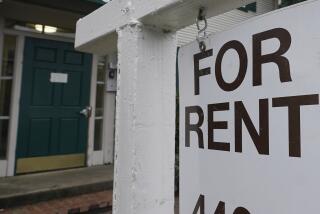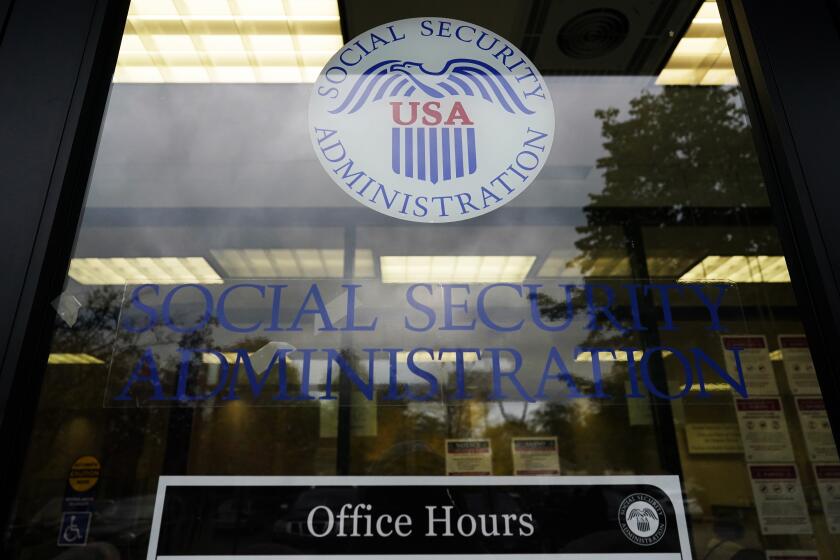Court-Ordered Campaign in Cleveland : Ads Fail to Sell Minorities on Community
- Share via
CLEVELAND — Cleveland’s largest suburb is running ads telling minorities they are welcome in the nearly all-white community, but officials say the court-ordered campaign is getting a lukewarm response.
Parma launched the advertising campaign in January on orders from a judge who ruled the middle-class suburb of 92,000 illegally tried to keep minorities out.
The public relations effort has included a booklet for prospective residents, a three-month radio campaign and yearlong advertisements in three local newspapers, including The Call and Post, a black-oriented weekly.
‘Welcomes People’
The ads proclaim Parma “welcomes people of all races, religions and national origins” and is an “interracial community offering the advantages of a comfortable and stable suburban life style.”
Parma has spent about $70,000 on the campaign and signed a $12,000 contract with the Cuyahoga Plan, a countywide fair housing organization, to answer calls responding to the advertising.
But only 57 calls have come in since the agency began handling the inquiries in March, said Anda Cooke, the Cuyahoga Plan’s director of housing information.
“A lot of money is put into ads, and to get just 57 calls is disappointing,” she said.
The campaign is one of the remedies ordered by U.S. District Judge Frank J. Battisti in 1980. He ruled that Parma officials violated the Fair Housing Act, which forbids discrimination in housing on the basis of race.
Rejected Housing Plans
The Justice Department filed suit after Parma rejected plans for a federally subsidized apartment building for the elderly. City officials argued the plans did not meet building codes, but Battisti agreed with the Justice Department that there was a pattern of opposition to public and low-income housing in Parma.
The 1980 census showed Parma’s population included 1.9% racial minorities overall and 0.4% blacks. Cleveland’s 573,822 residents in 1980 included 46.5% racial minorities and 43.8% blacks.
Among other things, Battisti told Parma to establish a fair-housing committee, participate in federally subsidized housing programs and advertise the availability of such housing.
The city now has 60 units of public housing and also participates in a federal rent-subsidy program for low-income residents.
Robert S. Soltis, a lawyer who represented the city, said Parma has “complied with everything the court wanted and then some. The order only required newspaper ads. We ran radio ads as well, and of course these things are expensive.”
Critical of Campaign
However, Avery S. Friedman, a fair housing lawyer who was appointed special adviser in the case, is critical of Parma’s advertising campaign, which he said doesn’t include information about the remedial order or open-housing opportunities.
“They came out with their booklet about six months ago, saying what a wonderful thing it was to live in Parma,” Friedman said. “This wasn’t just advertising. It was intended to portray to minorities that it was fair housing.”
Christopher Boyko, Parma’s law director, said no amount of advertising will change the racial mix of the population moving to Parma, which was one of the fastest-growing cities in the country during the 1960s.
More to Read
Sign up for Essential California
The most important California stories and recommendations in your inbox every morning.
You may occasionally receive promotional content from the Los Angeles Times.










